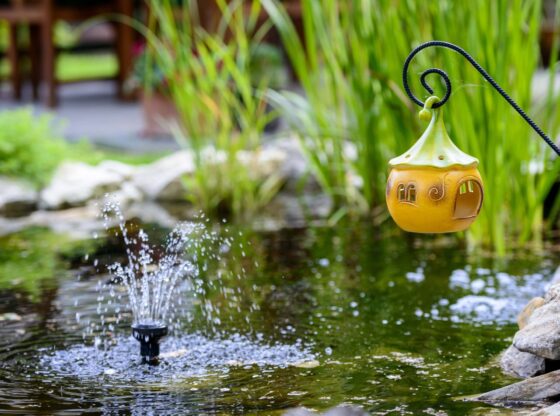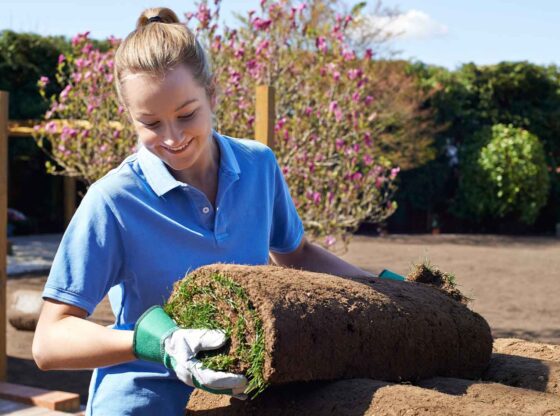When it comes to improving home values and allowing for a quick resale opportunity, most people look to the obvious: kitchen, bathrooms, updating color schemes, and even landscaping. But, have you ever thought about your pond?
Whether you are in a booming housing market or a market that isn’t so hot right now, a well maintained and cared for pond can increase your property value as well as help with a quick turnaround when you go to sell your property. Conversely, a neglected landscape pond can quickly become an eye soar and decrease your property value and turn-off potential buyers.
Pond Management Tools
There are many tools available to the pond owner to greatly enhance and improve aesthetics and water quality, and each should be viewed as just that, a tool. No single approach can take care of all of your pond’s needs. A number of treatments for overgrowth of plants and foul odors in ponds can help. Chemical treatments are good for quick results in killing plants. Bacteria treatments help to eliminate organics in the pond and help reduce nutrients the plants use.
Various dyes can help beautify the water and some block out sunlight to help prevent some plant growth. Flocculants are available to help clear up the water column of suspended sediments. And finally, there is always the trusty mechanical method of pulling weeds and dredging bottom muck.
Pond Aeration
However, the single best tool in your arsenal for total pond management and water quality would have to be aeration. Aeration and the side effect of water circulation are the key component to a healthy, well maintained pond.
Aeration can come in many forms; like surface agitator style aerators, fountains, diffused or bottom aeration, waterfalls or gravity flow, and more. Not all are equal in efficiency or effectiveness, but all do help to aerate water.
Aeration also occurs naturally from wind action at the air-water interface as well as through the biological process of photosynthesis with pond plants giving off oxygen. Unfortunately, in most backyard and farm ponds, natural aeration is not enough to keep a pond looking its best.
Nature’s goal is to turn that pond into a wetland by increased organic growth and decreased depth. Runoff of nutrients, pond inhabitants (ducks, geese, fish), and years of plant growth all attribute to this process.
Aeration helps combat the process. First, added aeration will help increase decomposition of organic matter by allowing aerobic bacteria a more hospitable environment to eat the organics and limit nutrients.
Second, the physical action of the water moving and circulation throughout the pond will help deter certain species of plants to thrive.
In simple terms, aeration (and water circulation) helps the natural processes of a pond and nature to work more effectively. Aeration should not necessarily be viewed as a silver bullet for all pond problems and other tools may need to be implemented in your pond management plan, but it is the key to improved water quality.
Remember, when you are looking to improve or maintain your home’s value and enhance the curb appeal, make sure you don’t over look your pond. It can be a tremendous asset or an eye soar. The difference can be as simple as aeration.












